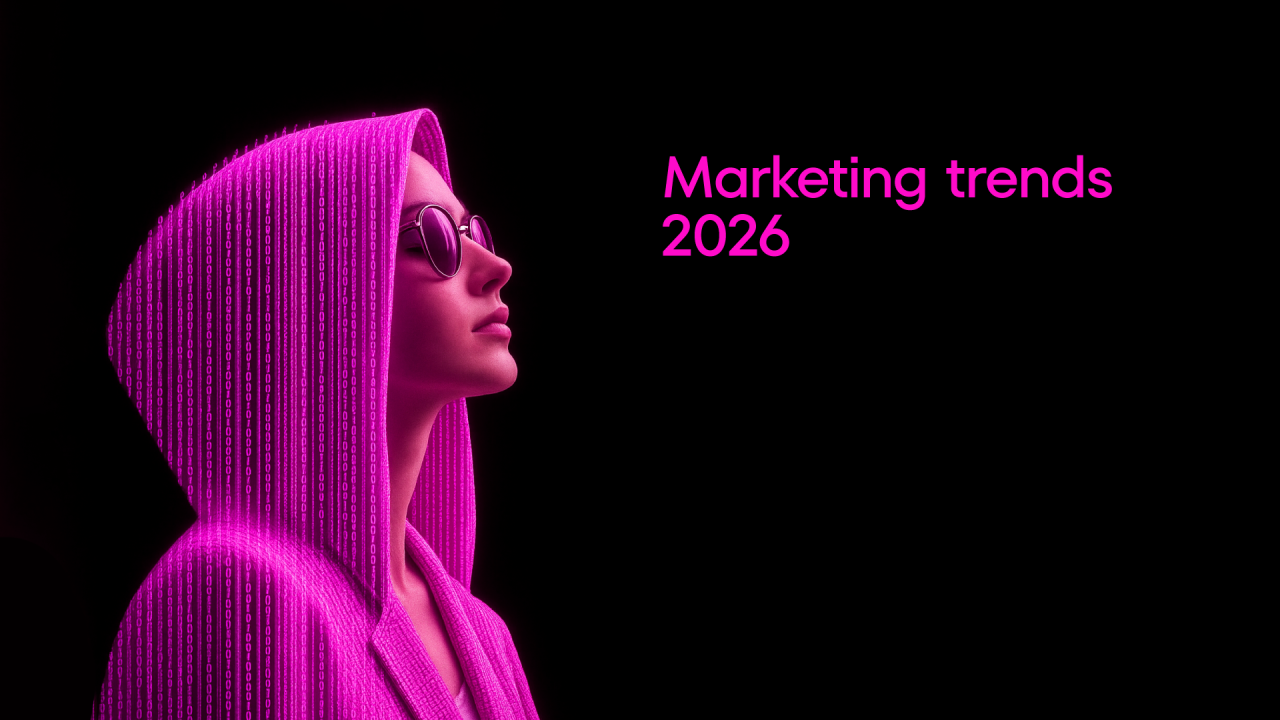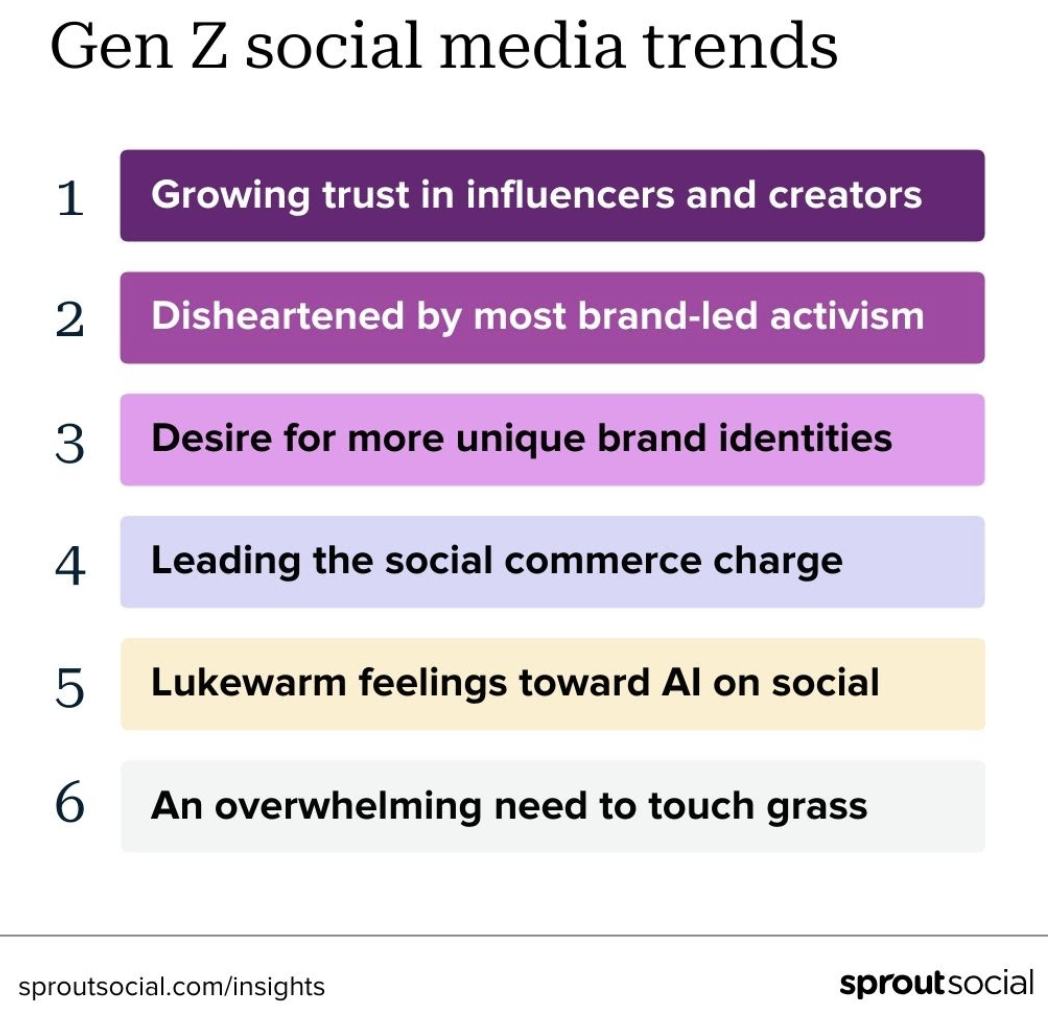
There are only a few key areas to keep your focus on in the coming years. The marketing trends of 2026 aren’t something entirely new. I’ll try to highlight the points that are worth paying attention to.
Optimization for AI Assistants
AI Optimization is growing and will continue to grow. For example, 63% of websites already register traffic from AI assistants, according to Ahrefs. However, this volume currently accounts for less than 1% of the total traffic distributed by search engines. Considering its growth and popularity, it’s safe to say that AI Optimization will increasingly take over a larger share of traffic distribution in the future.
And here, there’s a double benefit for all companies. If you start optimizing your website for AI, you’ll need to follow the same requirements that are important for search engines (structured content, clear questions and answers, readable URLs, fresh information, etc.). This once again highlights that having a good website is more important now than ever before.
Building a Content Factory
This year’s active trend will remain relevant in 2026. The amount of content is growing rapidly, and its creation will require building a full-scale production system. It’s no longer enough to hire a single marketer, as was common ten years ago. Everything has evolved into teams. A content factory is a team that will produce series, hundreds of videos, work on distribution, and more.
A content factory isn’t about inspiration, creativity, or artistry. It’s a working system where good products can be born. For example, series like Mailchimp Second Act, which tells stories of people who started businesses after the age of 40.
It’s important to remember that a content factory is always expensive. The word “factory” is there for a reason. It’s essentially a company within a company, dedicated to content creation.
Offline — A Strategic Asset
After many years of working online and forming a different operational model, offline is becoming even more significant — it’s now seen as a strategic asset. First, it offers the opportunity to compete in a different space than online. It allows for live, warmer connections. It also provides the chance to integrate with the web — for example, by adding Instagram-worthy moments to an event.
Offline used to be expensive — and now it’s become even more costly. That’s why it’s important to consider that the cost of contact will be higher. But if we’re talking about a strategic asset, any offline presence is far more advantageous than competing online.
Offline is an opportunity to highlight your uniqueness.
Micro- and Nano-Communities
Forming groups that resemble school classes is an important trend in the future of marketing. Users and customers want more attentive and close interaction. It’s no longer fashionable to belong to a group with a million followers. It feels better to be in a space where you know every member. 90% of Gen Z feel “closer” to brands that engage on a micro level (according to Sprout Social, 2025).
All of this creates fertile ground for small companies that can build communities around their brand. And they’ll no longer be intimidated by the idea that it’s just 10 people. This will shift the mindset. Those are 10 brand ambassadors.

Only Big Data in Advertising
You may have already noticed how the focus at Meta and Google has shifted toward AI-powered tools that help you find your audience. The reality is that these tools will take the lead, and traditional ad launches aimed at traffic or reach will become obsolete.



